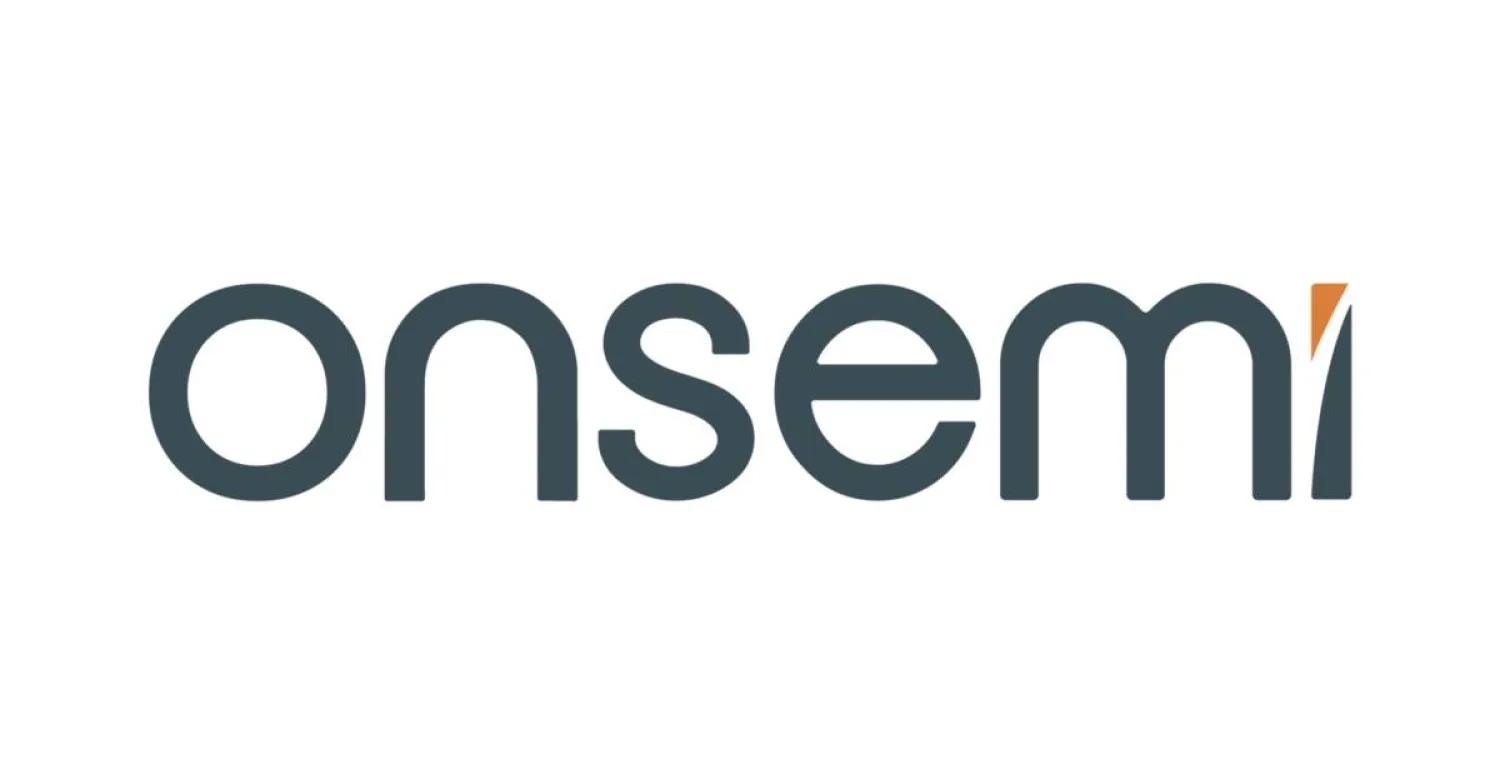Researchers at the Paul Scherrer Institute PSI have achieved a breakthrough on the path to practical application of lithium metal all-solid-state batteries.
The team expects the next generation of batteries to store more energy, are safer to operate, and charge faster than conventional lithium-ion batteries.
The team has reported these results in the journal Advanced Science.
All-solid-state batteries are considered a promising solution for electromobility, mobile electronics, and stationary energy storage – in part because they do not require flammable liquid electrolytes and therefore are inherently safer than conventional lithium-ion batteries.
Two key problems, however, stand in the way of market readiness: On the one hand, the formation of lithium dendrites at the anode remains a critical point.
On the other hand, an electrochemical instability – at the interface between the lithium metal anode and the solid electrolyte – can impair the battery’s long-term performance and reliability.
To overcome these two obstacles, the team led by Mario El Kazzi, head of the Battery Materials and Diagnostics group at the Paul Scherrer Institute PSI, developed a new production process:
“We combined two approaches that, together, both densify the electrolyte and stabilize the interface with the lithium,” the scientist explained.
Central to the PSI study is the argyrodite type LPSCl, a sulphide-based solid electrolyte made of lithium, phosphorus, and sulphur. The mineral exhibits high lithium-ion conductivity, enabling rapid ion transport within the battery – a crucial prerequisite for high performance and efficient charging processes.
To densify argyrodite into a homogeneous electrolyte, El Kazzi and his team did incorporate the temperature factor, but in a more careful way: Instead of the classic sintering process, they chose a gentler approach in which the mineral was compressed under moderate pressure and at a moderate temperature of only about 80 degrees Celsius.
The result is a compact, dense microstructure resistant to the penetration of lithium dendrites. Already, in this form, the solid electrolyte is ideally suited for rapid lithium-ion transport.
To ensure reliable operation even at high current densities, such as those encountered during rapid charging and discharging, the all-solid-state cell required further modification.
For this purpose, a coating of lithium fluoride (LiF), only 65 nanometres thick, was evaporated under vacuum and applied uniformly to the lithium surface – serving as a ultra-thin passivation layer at the interface between the anode and the solid electrolyte.
In laboratory tests with button cells, the battery demonstrated extraordinary performance under demanding conditions.
“Its cycle stability at high voltage was remarkable,” said doctoral candidate Jinsong Zhang, lead author of the study.
After 1,500 charge and discharge cycles, the cell still retained approximately 75% of its original capacity.
This means that three-quarters of the lithium ions were still migrating from the cathode to the anode. “An outstanding result. These values are among the best reported to date.”
Zhang therefore sees a good chance that all-solid-state batteries could soon surpass conventional lithium-ion batteries with liquid electrolyte in terms of energy density and durability.
Thus El Kazzi and his team have demonstrated for the first time that the combination of solid electrolyte mild sintering and a thin passivation layer on lithium anode effectively suppresses both dendrite formation and interfacial instability.
This combined solution marks an important advance for all-solid-state battery research – not least because it offers ecological and economic advantages: Due to the low temperatures, the process saves energy and therefore costs.
“Our approach is a practical solution for the industrial production of argyrodite-based all-solid-state batteries,” said El Kazzi. “A few more adjustments – and we could get started.”









